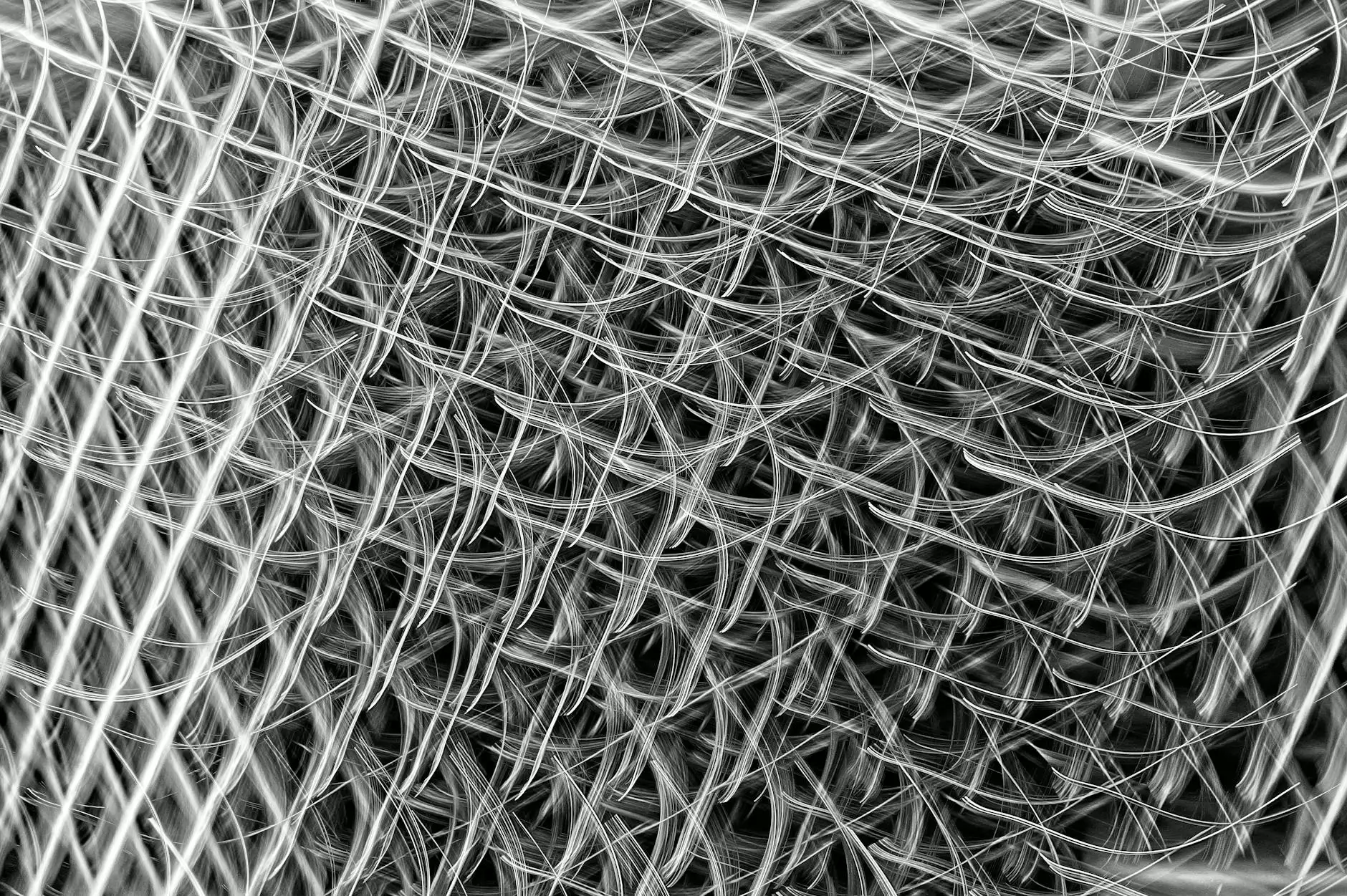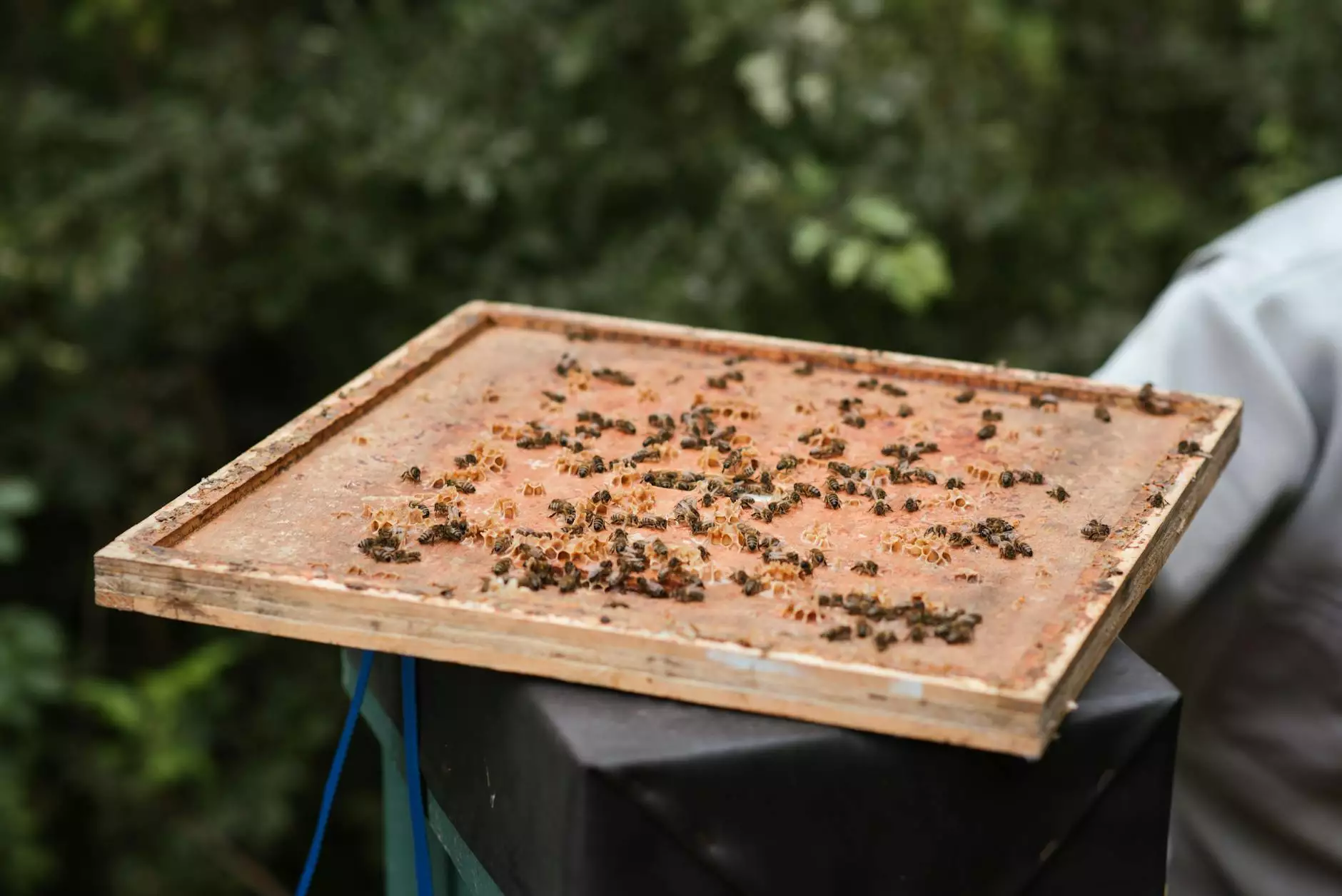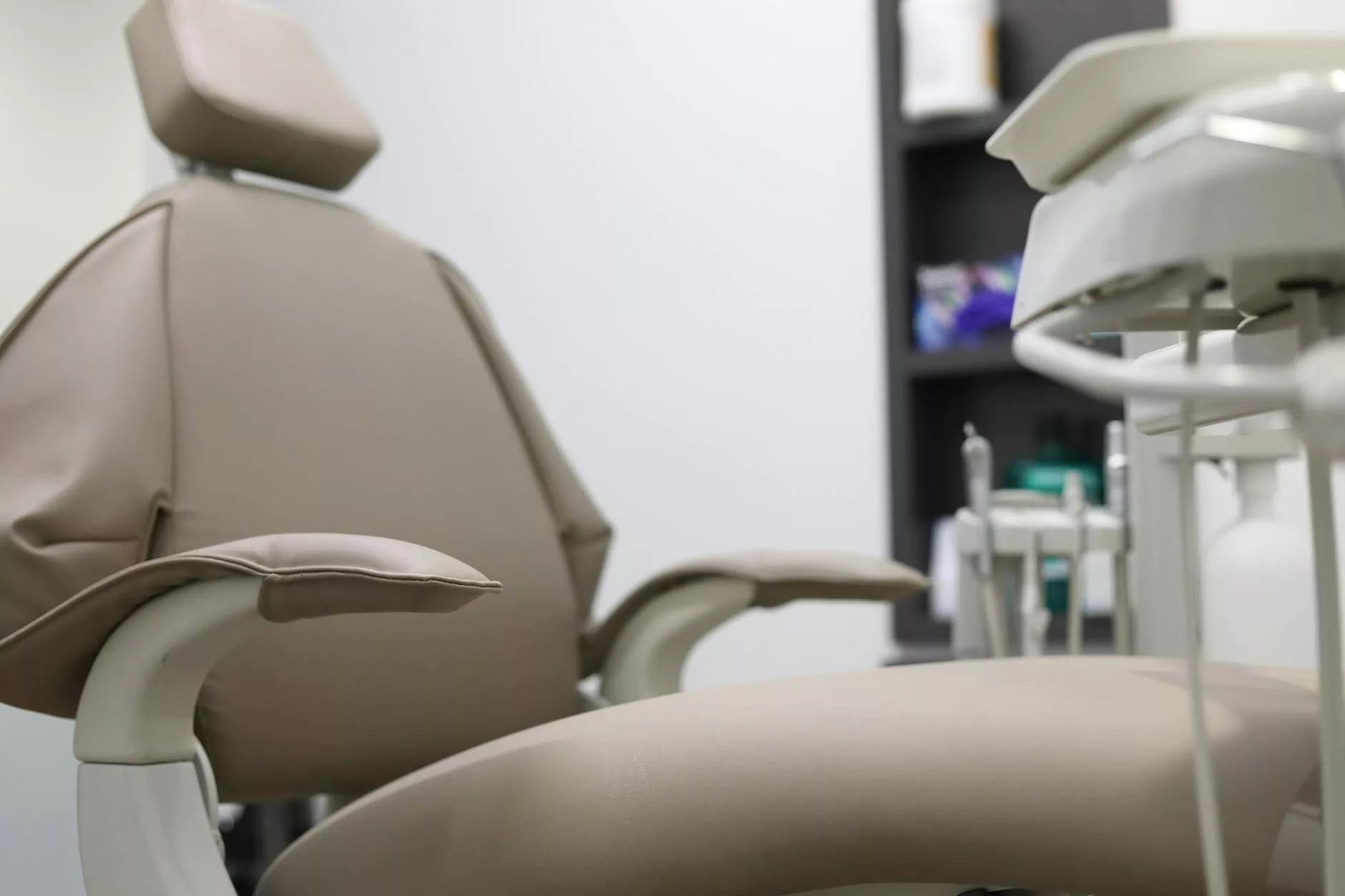Comprehensive Guide to Installing AC Split Units

In today’s world, air conditioning systems are essential for maintaining comfort in residential and commercial spaces. Among the various types of air conditioning systems available, the AC split unit is a popular choice due to its efficiency and adaptability. This article provides an in-depth look at how to install an AC split unit, along with useful maintenance and repair tips to ensure lasting performance.
Understanding AC Split Units
Before we delve into the installation process, it's important to understand what an AC split unit is and how it works. A split unit consists of two main components: the indoor unit and the outdoor unit. The indoor unit is responsible for distributing cool air throughout the room, while the outdoor unit is responsible for expelling heat.
- Indoor Unit: Typically mounted on a wall or ceiling, this unit houses the evaporator coil, fan, and air filter.
- Outdoor Unit: Installed outside the building, it contains the compressor, condenser coil, and fan.
The separation of these units allows for quieter operation inside the home and greater flexibility in installation.
Benefits of Installing an AC Split Unit
There are several benefits to choosing an AC split unit for your air conditioning needs:
- Energy Efficiency: Split AC units are designed to cool spaces effectively, often resulting in lower energy bills due to their high SEER (Seasonal Energy Efficiency Ratio) ratings.
- Flexible Installation: With both indoor and outdoor units, split systems can be installed in various configurations to suit your space.
- Quiet Operation: Since the noisy components are located outside, split units operate more quietly than traditional window units.
- Improved Air Quality: Many split systems come with advanced filtration systems that help improve indoor air quality.
Preparation for Installing an AC Split Unit
Before you start the installation process, it’s critical to take the right preparatory steps:
1. Choosing the Right AC Split Unit
Selecting the right unit for your space is crucial. Factors to consider include:
- Room Size: Calculate the cooling capacity needed based on the square footage of the space.
- Installation Location: Ensure there’s adequate space for both indoor and outdoor units.
- Energy Efficiency: Look for units with a high SEER rating to maximize energy savings.
2. Gathering Necessary Tools and Materials
Ensure you have all the necessary tools and materials before starting installation:
- Drill and drill bits
- Screwdrivers
- Level
- Refrigerant lines
- Electrical wiring and connections
- Vacuum pump
- Thermometer
- Insulation materials
3. Ensuring Compliance with Local Regulations
Check local building codes and regulations regarding air conditioning installations. Some areas may require permits or professional installation to ensure safety and compliance with safety standards.
Step-by-Step Guide to Installing AC Split Units
Now, let’s dive into the detailed step-by-step process for installing your AC split unit:
Step 1: Mount the Indoor Unit
Choosing the right spot for the indoor unit is crucial for effective cooling:
- Select a location that is free from obstructions, especially around air vents.
- Use a level to ensure that the unit is mounted straight; this prevents drainage issues later.
- Drill a hole in the wall for refrigerant lines and drainage, typically around 3 inches in diameter.
Step 2: Install the Outdoor Unit
The outdoor unit must be placed on a sturdy base to protect it from vibrations and ensure efficient airflow:
- Use a concrete pad or brackets to secure the outdoor unit.
- Ensure that the unit is positioned away from direct sunlight as much as possible to enhance efficiency.
Step 3: Connect the Refrigerant Lines
Properly connecting the refrigerant lines is key to the unit's efficiency:
- Run the refrigerant lines through the hole you drilled earlier. Ensure they are insulated properly to minimize energy loss.
- Connect the refrigerant lines to both the indoor and outdoor units, ensuring a tight seal to prevent leaks.
Step 4: Electrical Connections
Make sure the electrical connections are made in compliance with the manufacturer's instructions:
- Connect the power supply to the outdoor unit.
- Run electrical wiring to the indoor unit and connect accordingly.
Step 5: Test the Unit
After everything is installed, it’s time to test the unit:
- Turn on the power and check for any unusual sounds or leaks.
- Monitor the cooling function to ensure that it operates as expected.
Maintaining Your AC Split Unit
Once your AC split unit is installed, regular maintenance is key to ensuring its longevity and efficient operation:
1. Regular Cleaning
Regularly clean or replace air filters to maintain air quality and efficiency:
- Check filters monthly, especially during periods of heavy usage.
- Clean the outdoor unit periodically to prevent dirt build-up that can hinder performance.
2. Professional Maintenance
Scheduling annual maintenance with a professional ensures your system operates smoothly:
- A technician can check refrigerant levels, clean coils, and inspect electrical components.
- They can identify potential issues before they become significant problems, saving you money in repairs.
Common Problems and Repair Tips for AC Split Units
Even with proper maintenance, issues may arise. Here are some common problems and how to address them:
1. Inadequate Cooling
If your split unit isn't cooling effectively, check:
- Air filters for clogging.
- The thermostat settings to ensure they are correct.
- Refrigerant levels; low levels may indicate a leak.
2. Unusual Noises
Noisy operation can signal potential problems:
- Inspect for loose screws or parts inside the indoor or outdoor unit.
- Listen for abnormal sounds and contact a professional if the noise persists.
3. Water Leaking
Water leaks can be concerning, often indicating clogging or installation issues:
- Check for clogged drain lines and clear them if necessary.
- Ensure the installation is level to facilitate proper drainage.
The Importance of Professional Installation
While DIY installation might seem tempting, hiring a professional can ensure that your AC split unit is installed correctly and efficiently. Professionals have the expertise to:
- Properly size the unit for your space, ensuring optimal performance.
- Handle refrigerant safely and according to regulations.
- Provide valuable insights on energy-saving techniques and optimal operation.
Conclusion
In summary, understanding how to install an AC split unit, along with ongoing maintenance and awareness of common issues, will significantly enhance your comfort and energy efficiency in your home or office. By choosing the right unit, ensuring proper installation, and committing to regular maintenance, you will enjoy the benefits of an effective air conditioning system for years to come.
For more information about air conditioning maintenance, air conditioner repair, and ducted heating installation, visit thomair.com.au and explore how we can assist you in creating the perfect indoor environment.
install ac split unit








